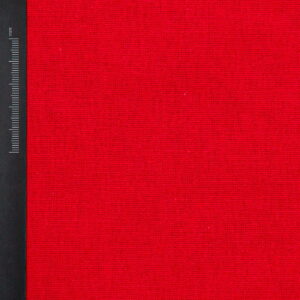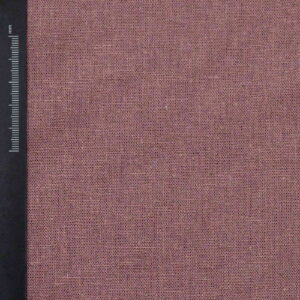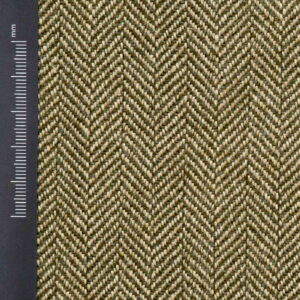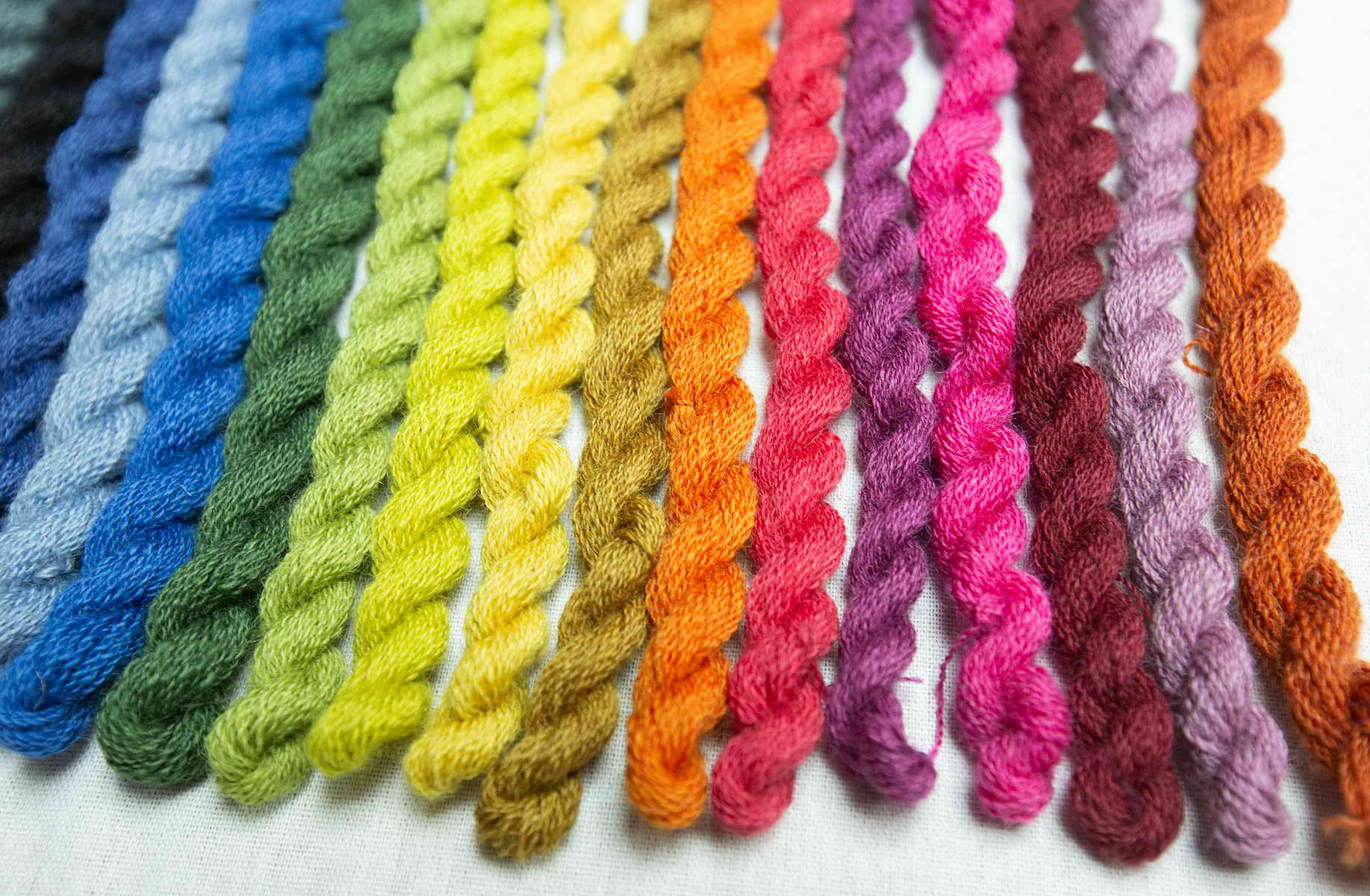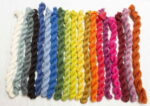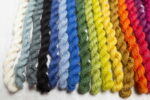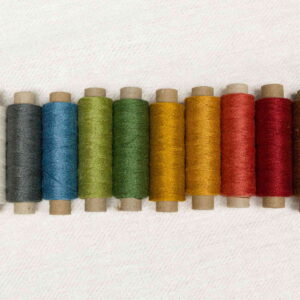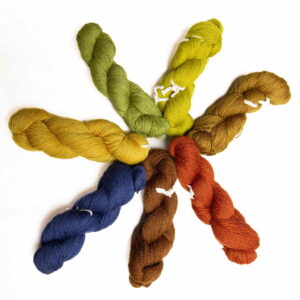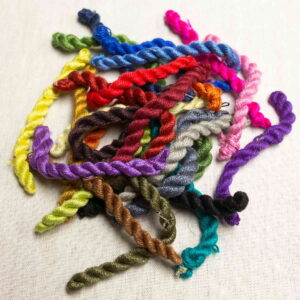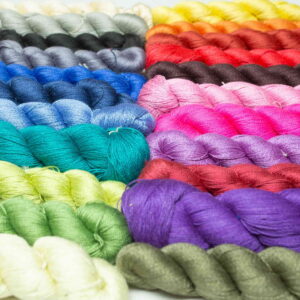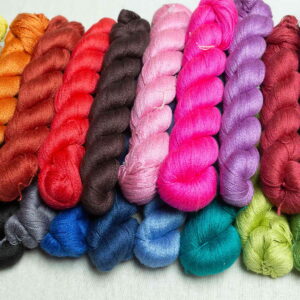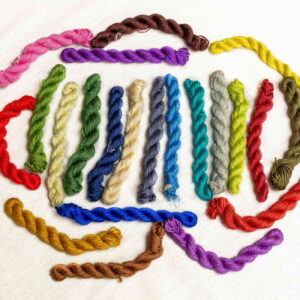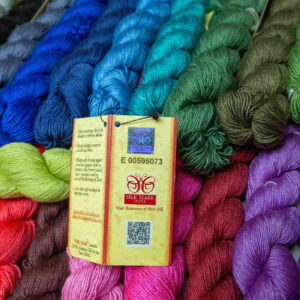The twist direction in yarn, whether it’s Z twist or S twist, has a significant impact on the characteristics and performance of the final product. Z twist yarn, which is spun in a clockwise direction, is renowned for its durability and strength. It’s commonly employed in applications where the yarn must endure tension and stress, such as in sewing threads or rope production. The Z twist imparts a stable and robust structure to the yarn, making it less susceptible to unraveling, making it an excellent choice for projects prioritizing durability.
In contrast, S twist yarn, spun in a counterclockwise direction, is often favored for its softer and more pliable attributes. S twist yarns are frequently chosen for applications where comfort and flexibility are paramount, such as in the creation of clothing and textiles. This twist allows the fibers to move with greater freedom, resulting in a softer texture and drape. While it may not match the strength of Z twist yarn, it excels in projects that require a gentle touch and a comfortable feel, such as crafting soft, cozy sweaters or blankets. The choice between Z twist and S twist yarn hinges on the specific requirements of the project, with each twist offering distinct advantages tailored to its intended use.
Wool boasts a storied legacy in tablet weaving, a time-honored craft spanning millennia. Its distinctive attributes render it a superb selection for this intricate and age-old technique. Tablet weaving entails the meticulous formation of intricate patterns and designs through the rotation of specially designed tablets or cards. Wool’s inherent grip and friction render it exceptionally well-suited to this practice, anchoring the tablets securely and facilitating precise control over thread manipulation.
Moreover, wool’s versatility extends to its dye-absorbing qualities, enabling tablet weavers to produce projects infused with vibrant, enduring colors. This ancient art frequently yields exquisitely patterned bands, straps, and trim, and wool’s capacity to embrace rich, long-lasting dyes ensures that these creations retain their visual allure for generations. Whether one is a seasoned tablet weaving artisan or a novice in this age-old craft, wool’s distinctive blend of tenacity, flexibility, and dye-receptivity makes it an indispensable and timeless choice for tablet weaving endeavors.
When it comes to crafting baby garments, the choice of yarn holds utmost importance, and 100% thin Merino wool yarn emerges as an optimal selection. Merino wool has earned its reputation for unparalleled softness, rendering it exceptionally gentle against a baby’s sensitive skin. Its fine fibers, significantly finer than conventional wool, ensure that baby clothing feels snug, comfortable, and free from any itching. Additionally, merino wool’s innate breathability contributes to temperature regulation, keeping infants warm during cooler months and cool in warmer weather, making it a versatile choice for year-round wear.
Beyond its softness and comfort, merino wool excels in moisture management, a crucial feature for baby attire. It effectively absorbs moisture, drawing it away from the baby’s skin, thereby reducing the risk of irritation and discomfort. Moreover, merino wool’s renowned durability ensures that baby garments can withstand frequent washing and wear. Whether you’re knitting tiny sweaters, cozy blankets, or charming booties, 100% thin Merino wool yarn not only guarantees that your handcrafted creations are snug and stylish but also assures they are safe and gentle on your little one’s delicate skin.
While wool is typically associated with warmth and comfort, it may not be the most obvious choice for lacemaking. However, when it comes to crafting intricate and delicate lace patterns, fine wool yarns have emerged as a hidden treasure. Wool’s inherent elasticity and crimp provide it with the capacity to secure even the tiniest stitches, enabling lace artisans to fashion intricate designs with meticulous precision. Additionally, the inherent warmth and softness of wool impart a luxurious touch to lace creations, making them not only visually captivating but also a delight to wear.
Furthermore, wool’s exceptional dye-absorption properties offer lace crafters a broad spectrum of colors to experiment with, facilitating the creation of lace pieces in an extensive array of hues. This versatility, coupled with the natural luster that fine wool can exhibit, solidifies wool as a superb choice for crafting lace items that are as adaptable as they are exquisite. Whether one is crafting heirloom-quality shawls, delicate doilies, or intricate tablecloths, wool’s distinctive characteristics elevate the art of lacemaking, rendering it a material that lace enthusiasts should wholeheartedly embrace.



